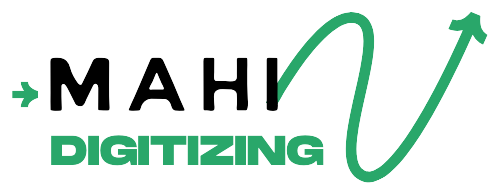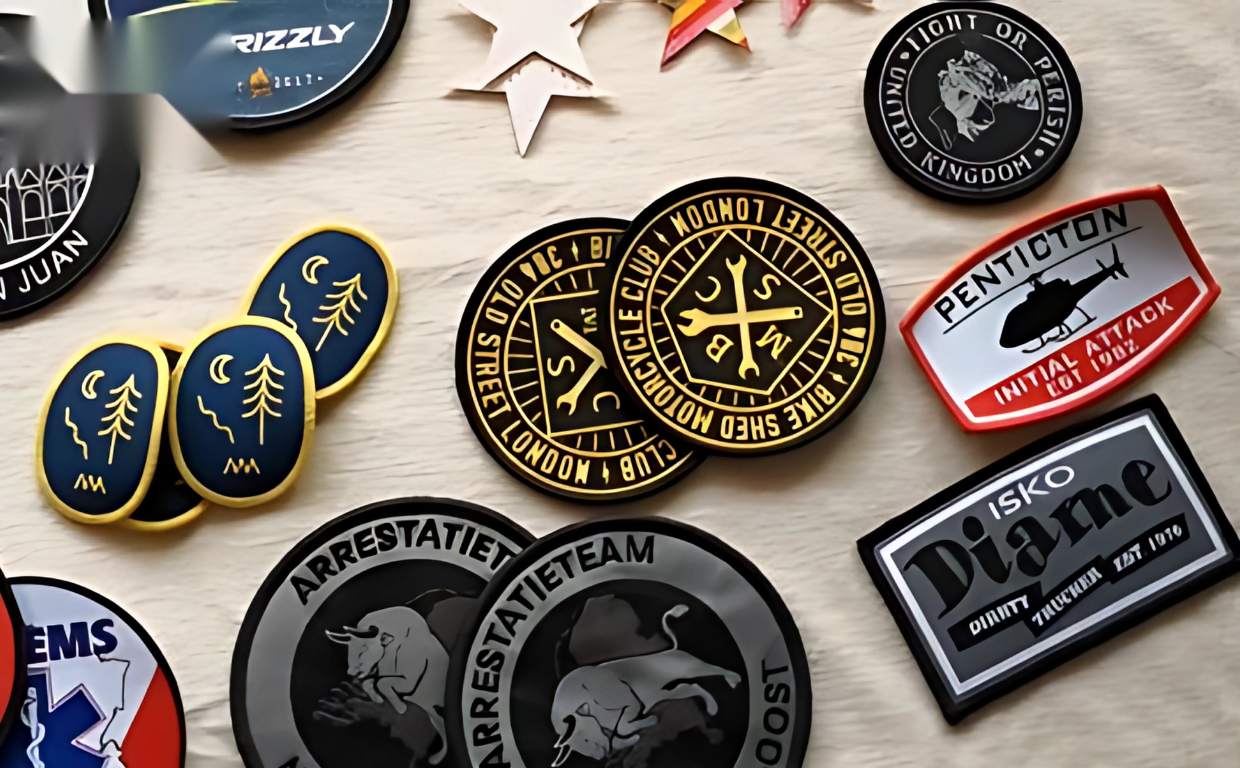Woven patches offer superior detail and texture for logos, emblems, and branding applications. This blog breaks down each step involved in producing high-quality woven patches and how Mahi Digitizing delivers precision in every stitch.
Initial Design and Artwork Preparation
The creation of a woven patch begins with artwork preparation. Clean, scalable vector files are preferred, as they translate well into fine woven details. Formats like SVG or EPS work best for patch design setup.
Designers assess which colors and lines are essential, adjusting gradients or fine text to suit the weaving process. Unlike embroidery, woven patches use thinner threads, allowing more detail.
Clients often submit JPG or PNG logos that need to be converted. That’s where our vectorization services become crucial to ensure the patch turns out clean and clear.
Vectorizing ensures the design is scalable and editable, with smooth lines that the loom can interpret accurately during weaving.
At Mahi Digitizing, we manually refine artwork to guarantee it’s suitable for woven interpretation and will not lose clarity when produced.
Color Selection and Thread Mapping
Woven patches use threads instead of ink or print, so choosing the right thread colors is essential. Pantone Matching Systems (PMS) help match brand colors precisely.
Designers create a thread map—a guide showing which areas of the patch use which color. This ensures accuracy during production and helps maintain brand consistency.
It’s also crucial to limit the number of colors based on the loom’s capacity. Most looms support between 6 to 8 thread colors per design.
We work closely with clients to match threads to their exact visual preferences. Our team of experts guides this selection process.
This attention to color mapping enhances the finished patch’s visual appeal, especially for logos with intricate elements.
Weaving the Patch Design
Once the design is ready, it’s translated into a digital pattern compatible with loom machinery. Each color is assigned a thread spindle, which then weaves the image line by line.
The result is a tightly woven patch with fine details, smooth edges, and clean typography. Unlike embroidery, woven patches don’t have raised textures, giving them a sleek finish.
During production, we run quality checks on the alignment, weave density, and thread tension. These adjustments prevent fraying or misalignment in the final piece.
Mahi Digitizing ensures high-speed looms are calibrated precisely before any job begins, reducing waste and increasing accuracy.
Woven patches are ideal for small lettering and logos due to their ability to render crisp lines with little thread distortion.
Cutting, Backing, and Finishing
Once weaving is complete, patches are cut to size using laser or die-cutting methods. Clean edges are essential for appearance and durability.
At this stage, customers can choose from various backing types—iron-on, Velcro, adhesive, or plain. Each backing serves a different purpose depending on the application.
The edges are either heat-sealed or merrowed. Merrowed edges add a classic stitched border, while heat-sealed edges create a more modern look.
Finishing also includes trimming loose threads and inspecting for any visual flaws. We take pride in delivering patches that exceed quality expectations.
To customize your patch backing or finishing type, get a quick quote from our support team today.
Final Inspection and Shipping
Before shipping, every woven patch undergoes a final inspection. This includes checking for thread breaks, color consistency, and uniform shape.
Patches are then packaged based on quantity, size, and client preferences. Clear labeling and organization help with inventory and distribution.
We ensure each order meets the customer’s deadline without sacrificing quality. On-time delivery is a top priority at Mahi Digitizing.
Clients can track their orders and communicate directly with our support team via the Contact Us page.
Our packaging team uses moisture-resistant materials to ensure patches arrive in excellent condition, ready for use or resale.

